In the rush to figure out how to work, study and live in this time of social distancing, it may just now be occurring to you that if your family is going to have a meaningful Passover Seder this year, that is actually going to be up to you to plan and lead it! If you have been lucky (that may not be the right adjective for each family) enough to be a guest at someone else’s seder for years and years, you haven’t had to take responsibility for anything other than showing up (and hopefully helping to clean the dishes). During this year’s Pandemic Passover, when each family is likely looking at an intimate family experience, whatever kind of seder is going to happen, is going to happen because of you.
But don’t worry! This blog post that you have likely ignored each year, is right here again, ready and updated for just such an emergency!

The first time I took responsibility for leading the seder from my father (of blessed memory), I was in the middle of my studies at the University of Judaism (now American Jewish University) and deeply immersed in Jewish text and learning. I was eager to discuss the history of the traditions, ready to parse language, prepared to study the midrash, excited to sing the traditional liturgy and totally misread the room. I had a great seder, but I’m pretty sure no one else did! But over lots of time and practice, I have mostly kind of figured out how to blend the traditional structure, text, prayers and songs along with newer innovations and customs into something that makes sense for the ranges of ages and backgrounds who come to my mother’s table each year in Las Vegas.
This year, however, our seder table – like most, if not all, of yours – will now be reduced to my immediate family and so even I am rethinking my plans. The seder is still a wonderful opportunity for families to spend time doing something they still might not otherwise do—talk with one another! The seder was originally designed to be an interactive, thought-provoking, and enjoyable experience, so let’s see how we might increase the odds for making that true, even in this most unusual of years.
Without further adieu, here are my revised top ten suggestions on how to make this year’s seder a more positive and meaningful experience:
1. Tell the Story of the Exodus
The core mitzvah of Passover is telling the story. Until the 9th century, there was no clear way of telling the story. In fact, there was tremendous fluidity in how the story was told. The printing press temporarily put an end to all creativity of how the story was told. But we need not limit ourselves to the words printed in the Haggadah. [This may be especially true if you have not been hosting Passover and don’t actually have haggadot. Mine are with my Mom – so, we are dusting off some vintage ones this year. If you Google “online haggadot” you will find lots of options.] This could be done by means of a skit, game, or informally going around the table and sharing each person’s version of the story.
If there are older members at the table, this might be a good time to hear their “story,” and perhaps their “exodus” from whichever land they may have come. If your older members are not able to be with you this year, you might wish to consider asking them write or record their stories, which you could incorporate into your seder (depending on your level of observance). There will surely be lots of families who will be using technology to expand their seder tables to include virtual friends and families – again depending on your level of observance you could consider beginning elements of your seder before candle-lighting to incorporate this element.
2. Sing Songs
If your family enjoys singing, the seder is a fantastic time to break out those vocal cords! In addition to the traditional array of Haggadah melodies, new English songs are written each year, often to the tunes of familiar melodies. Or just spend some time on YouTube! Alternatively, for the creative and adventurous souls, consider writing your own!
3. Multiple Haggadot
For most families, I would recommend choosing one haggadah to use at the table. This is helpful in maintaining consistency and ensuring that everyone is “on the same page.” Nevertheless, it is also nice to have extra haggadot available for different commentaries and fresh interpretations. Of course, this year, you may be getting by with whatever you can find around the house or what you can get from Amazon Prime! But don’t let that inhibit you from moving forward – the core elements are essentially the same from one to the other. Let the differences be opportunities for insight not frustration.
4. Karpas of Substance
One solution to the “when are we going to eat” dilemma, is to have a “karpas of substance.” The karpas (green vegetable) is served towards the beginning of the seder, and in most homes is found in the form of celery or parsley. In truth, karpas can be eaten over any vegetable over which we say the blessing, “borei pri ha’adamah,” which praises God for “creating the fruit from the ground.” Therefore, it is often helpful to serve something more substantial to hold your guests over until the meal begins. Some suggestions for this are: potatoes, salad, and artichokes.
When candle-lighting times are late or children’s patience runs short, you should try to eat your gefilte fish before the seder.
5. Assign Parts in Advance
In order to encourage participation in your seder, you may want to consider giving your partner and children a little homework. Ask them to bring something creative to discuss, sing, or read at the table. This could be the year you go all in and come in costume – dress like an ancient Israelite or your favorite plague – your kids can’t worry about being embarrassed in front of their friends this year!
6. Know Your Audience
This one seems kinda obvious this year…if you don’t your family by now, we can’t really help you by Passover.
7. Fun Activities
Everyone wants to have a good time at the seder. Each year, try something a little different to add some spice to the evening. Consider creating a Passover game such Pesach Family Feud, Jewpardy, or Who Wants to be an Egyptian Millionaire?! Go around the table and ask fun questions with serious or silly answers.
8. Questions for Discussion
Depending on the ages of your children, this one may be hard to calibrate, but because so often we are catering to the youngest at the table, it is easy to forget that an adult seder ought to raise questions that are pertinent to the themes found in the haggadah. For example, when we read “ha lachma anya—this is the bread of affliction,” why do we say that “now we are slaves?” To what aspects of our current lives are we enslaved? How can we become free? What does it mean/what are the implications of being enslaved in today’s society?
We read in the haggadah, “in each generation, one is required to see to onself as if s/he was personally redeemed from Egypt.” Why should this be the case? How do we go about doing that? If we really had such an experience, how would that affect our relationship with God?
One assumes – and I’ll have more to say about this next week – that the current situation may raise new questions or may cause us to view familiar text and traditions in new ways. As you read through the haggadah, push yourself to ask these type of questions, and open them up for discussion.
9. Share Family Traditions
Part of the beauty of Passover, is the number of fascinating traditions from around the world. This year, in particular, is a great opportunity to begin a new tradition for your family. One family I know likes to go around the table and ask everyone to participate in filling the cup of Elijah. As each person pours from his/her cup into Elijah’s, s/he offers a wish/prayer for the upcoming year. What are you going try this year?
10. Preparation
The more thought and preparation given to the seder, the more successful the seder will be. That may feel challenging or overwhelming this year, but however much time and attention you can put into your planning, you won’t regret it. If you are an OJCS (or Jewish day school family), lean on your children – you paid all this money for a high-quality Jewish education, put them to work! Most importantly, don’t forget to have fun.
Next week, we’ll revisit the tradition of adding a “Fifth Question” in light of current circumstances.




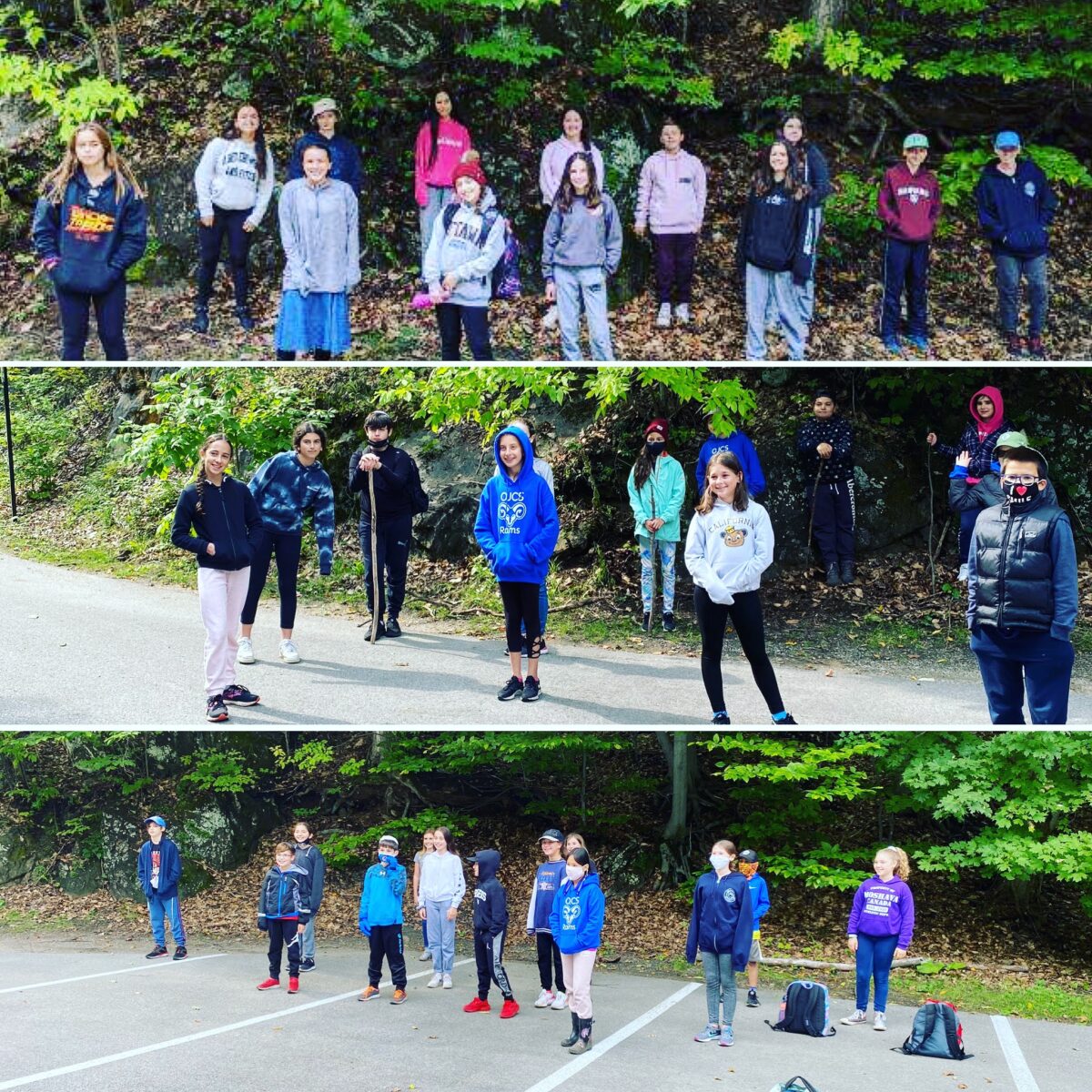

 that this is the year we’ve been waiting for. To all the teachers, staff, parents, students, donors, supporters, and friends in this special school- thank you for your enthusiasm and your hard work. Let’s make sure that 5781 is not only an amazing year, but a safe one at that.
that this is the year we’ve been waiting for. To all the teachers, staff, parents, students, donors, supporters, and friends in this special school- thank you for your enthusiasm and your hard work. Let’s make sure that 5781 is not only an amazing year, but a safe one at that.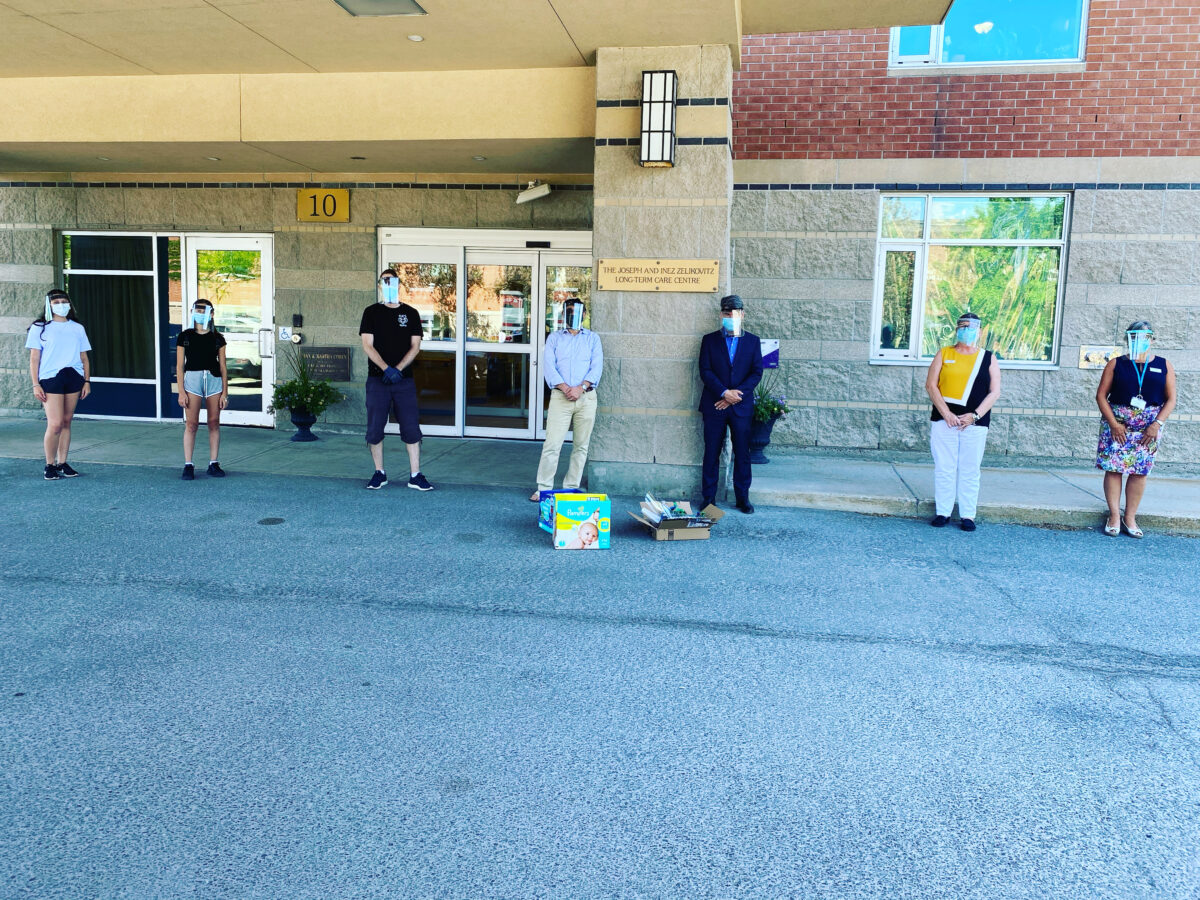

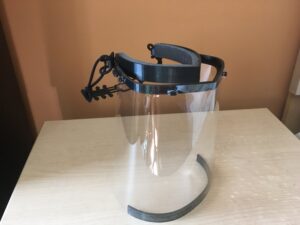



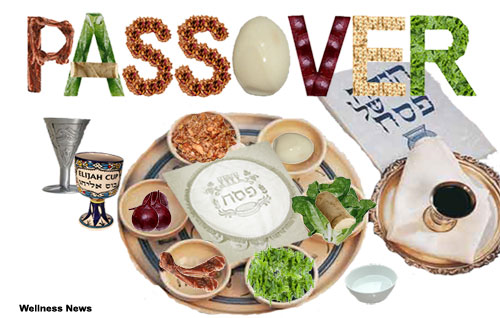
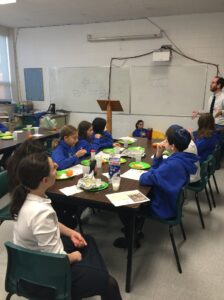 Parasha & Pancakes
Parasha & Pancakes